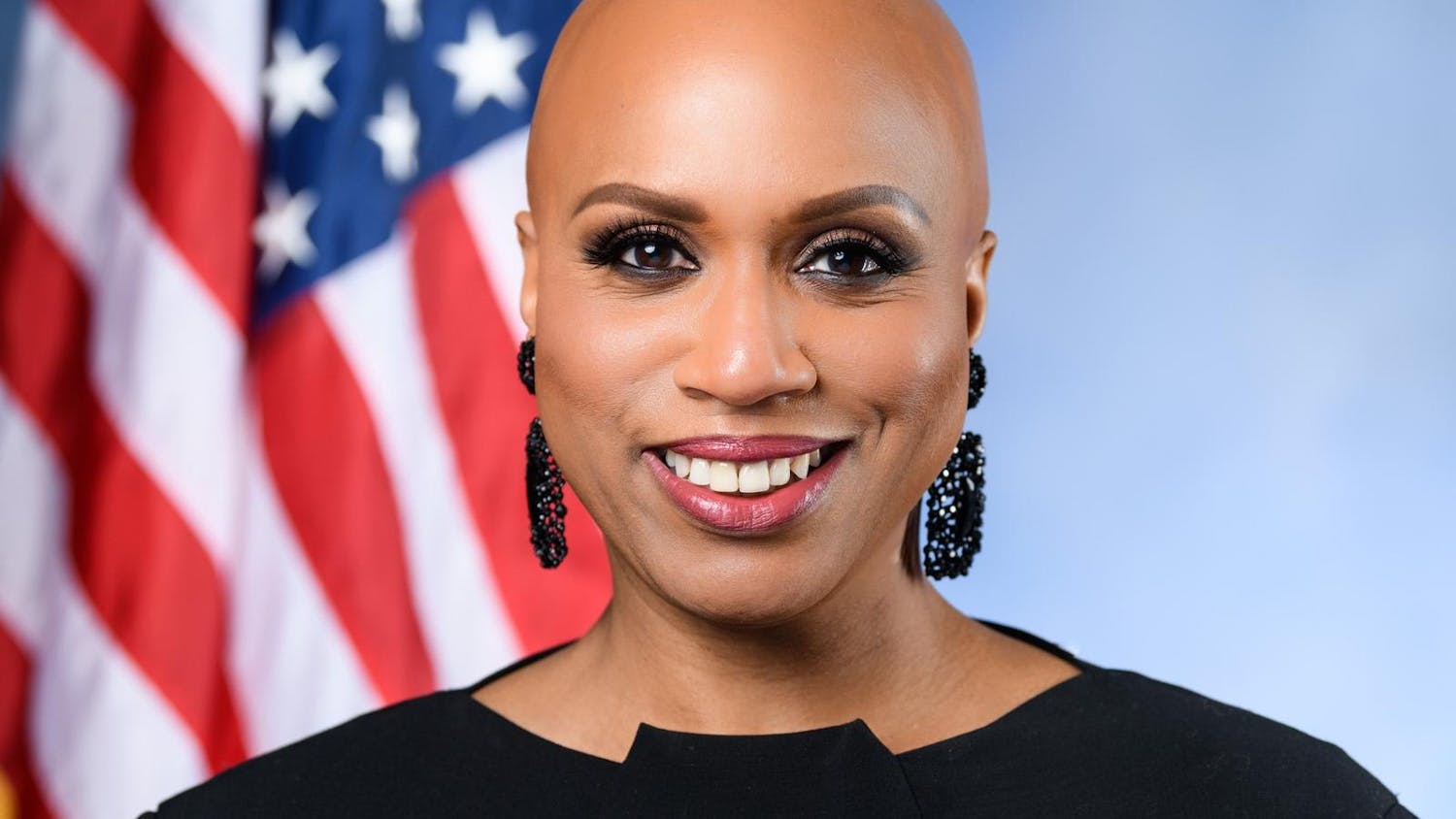The Brown Faculty of Color Network, a faculty-run organization that supports faculty members of color, was conceived and forged by two professors in spring 2014 and has since developed into a thriving community.
In 2014, both Françoise Hamlin, associate professor of Africana studies and history, and Nancy Khalek, associate professor of religious studies, felt that faculty members of color would benefit from a community for themselves to share advice and build friendships, Hamlin said. They separately approached Liza Cariaga-Lo, vice president for academic development, diversity and inclusion, who then formally introduced them to one another.
Hamlin and Khalek envisioned “a social network, partly, but also a mentor and support network,” Hamlin said. The network currently hosts two seminars and a reception per semester and provides an intimate mentoring experience, she added. Faculty members who are a part of the network join a listserv where they can provide suggestions on what types of events they want to see, she added.
The network provides “a built-in sense of community for us,” wrote Emily Owens, assistant professor of history, in an email to The Herald.
“As faculty of color, even on a campus with a strong diversity and inclusion action plan, we can find ourselves isolated in our departments or other spaces on campus,” Owens wrote. “Even if we are not isolated in our departments, it is just nice to have a space on campus to share similar experiences and get advice.”
Though the network was created independently of the Office of Institutional Diversity and Inclusion, Hamlin and Khalek have received full support from the office in the form of funding for catered events and encouragement.
The network is run by Hamlin and Khalek rather than the administration, allowing faculty members of color to form a more intimate community that caters to their needs, Hamlin said.
Seminars hosted by the Faculty of Color Network are generally held over lunch and cover topics such as managing service requests or time management while working on research and publishing, Hamlin said. Generally, between five and 15 faculty members attend the receptions, but the social gatherings are well attended, Hamlin said. She hosted an informal gathering at her home last spring that an estimated 50 faculty members attended.
This semester, the network is looking to hold a seminar to support faculty members of color who helped draft departmental diversity and inclusion action plans for their respective departments as well as facilitate seminars that would be more useful for faculty members of color in science, technology, engineering and math departments, Hamlin said.
The network also coordinates an informal mentoring program in which junior faculty members have the opportunity to be paired with senior faculty members. Faculty members find it helpful to speak to “someone you trust and can be honest with … someone to check in with,” Hamlin said. For example, Hamilin sends her own mentees reminders to practice self-care and provides them with insight on how the University works.
This mentoring also expands to postdoctoral fellows and graduate students, who participate in the network, said Andrew Campbell, dean of the graduate school and professor of medical science.
Campbell, who has been at the university for 22 years, said he appreciates the network even more because he did not have access to a similar network when he was a junior faculty member and understands “how valuable it is and the benefits it offers” to faculty members earlier in their careers, he said.
The network “helps to level the social networking landscape” for faculty members of color by creating an environment in which they can talk about issues that uniquely affect them.
“Many of the senior faculty members of color are of a generation when they really had to fight for basic entrance and inclusion and often served alone on faculties,” Hamlin wrote in a follow-up email to The Herald. “While faculty of color are now present in more numbers, the concerns have shifted to other areas that affect progress, promotion and equity,” she added.
“I most appreciate the camaraderie with other faculty of color and the mentorship. It is a space in which I feel like I can get my questions answered,” Owens wrote. In addition to the professional element, the Faculty of Color Network is “really a lot of fun,” she added.
The network contributes to a strong and supported faculty, which is “essential to our ability to teach and support students,” Owens wrote. The network benefits the entire university because it creates “a space for us to turn inward that supports our ability to turn outward to the entire community.”
As faculty members themselves, Khalek and Hamlin “get a lot of personal joy” out of organizing and running the Faculty of Color Network, Hamlin said. “It doesn’t feel like work because it isn’t.”




